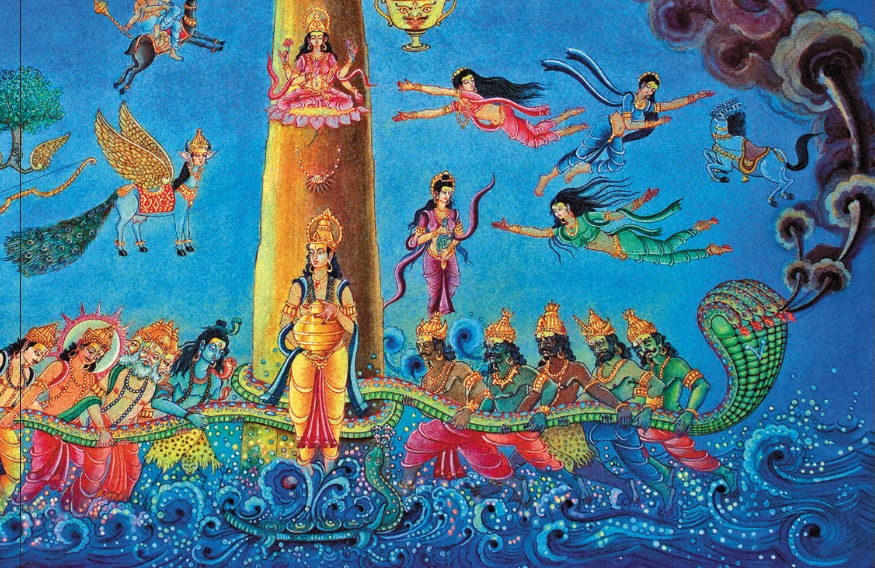prasad1
Active member
Kumbha Mela is a gathering of the great monastic orders of India, known as akharas. At the high point of the Mela, hundreds of thousands of these renunciate monks travel in grand procession to a nearby river’s edge for the shahi snan, “royal bath, ” while pilgrims line the streets to watch.
The Kumbha Mela takes place every four years in rotation: at Haridwar, Prayag (Allahabad), Nashik and Ujjain, according to the position of Jupiter in the Zodiac. A modern innovation are the popular half-melas, ardha-kumbhas, every six years at Haridwar and Prayag. It was at Prayag, where the Yamuna River joins the Ganga, that the largest number of human beings in history gathered. On January 24, 2001, 30 million pilgrims came together, doubling its own single-day record of 15 million set on February 6, 1989. Haridwar, which is logistically less convenient, managed ten million on April 14, 1998.

 www.hinduismtoday.com
www.hinduismtoday.com
The Kumbha Mela takes place every four years in rotation: at Haridwar, Prayag (Allahabad), Nashik and Ujjain, according to the position of Jupiter in the Zodiac. A modern innovation are the popular half-melas, ardha-kumbhas, every six years at Haridwar and Prayag. It was at Prayag, where the Yamuna River joins the Ganga, that the largest number of human beings in history gathered. On January 24, 2001, 30 million pilgrims came together, doubling its own single-day record of 15 million set on February 6, 1989. Haridwar, which is logistically less convenient, managed ten million on April 14, 1998.

The Story of the Mela - Hinduism Today
Deep in india’s ancient past, knowledge was often conveyed in allegory. One such meaningful chronicle of yore provides a dramatic,...
 www.hinduismtoday.com
www.hinduismtoday.com
